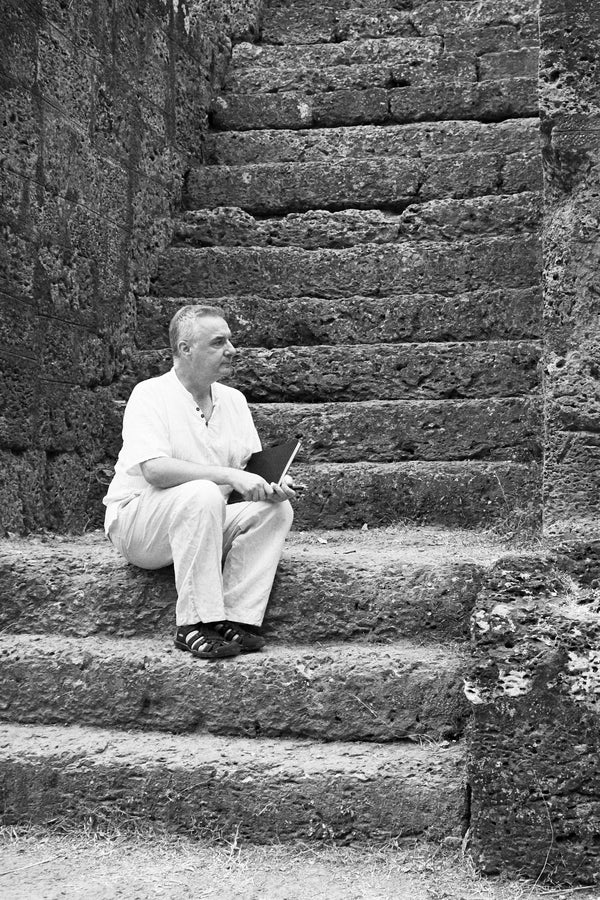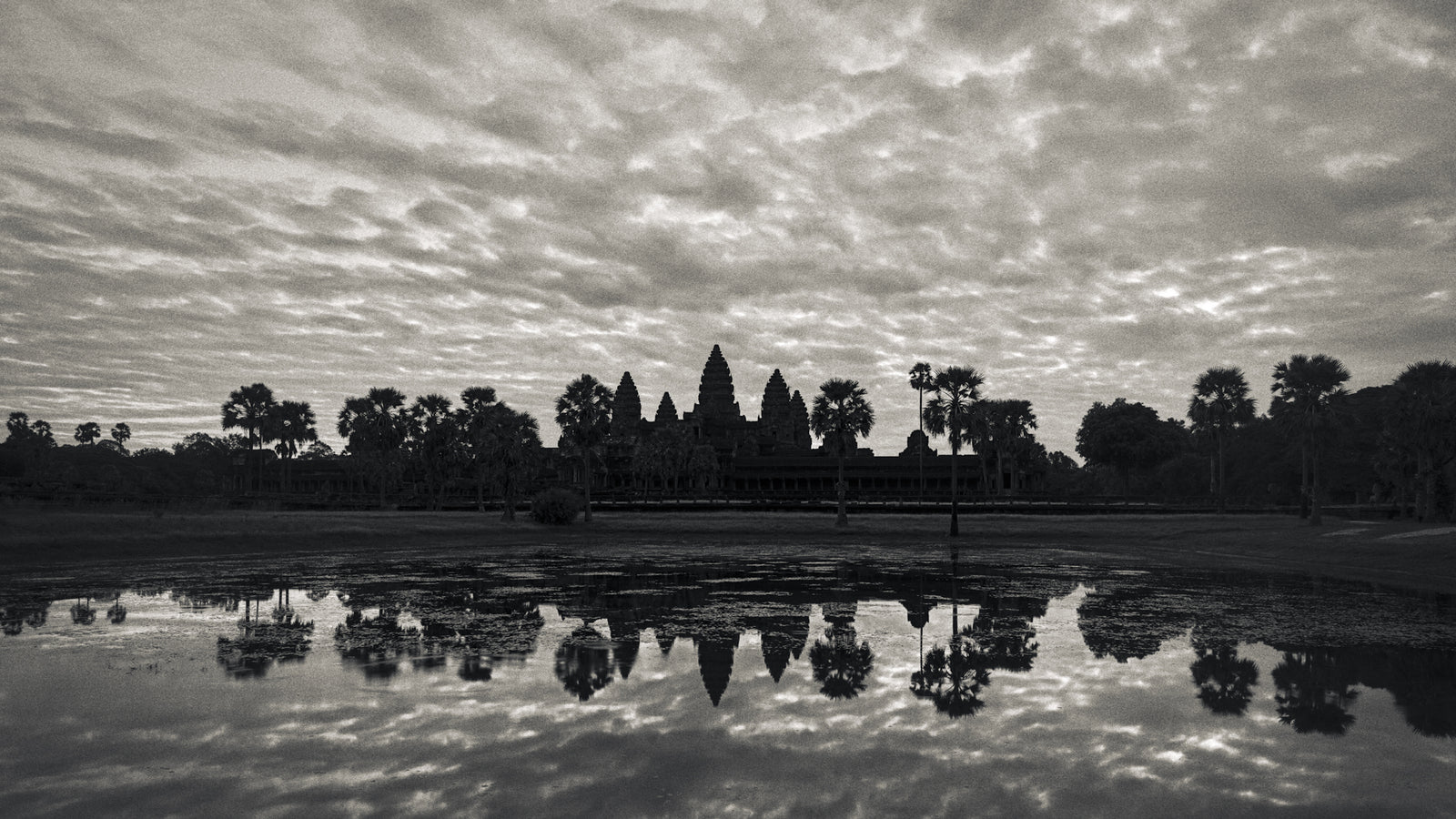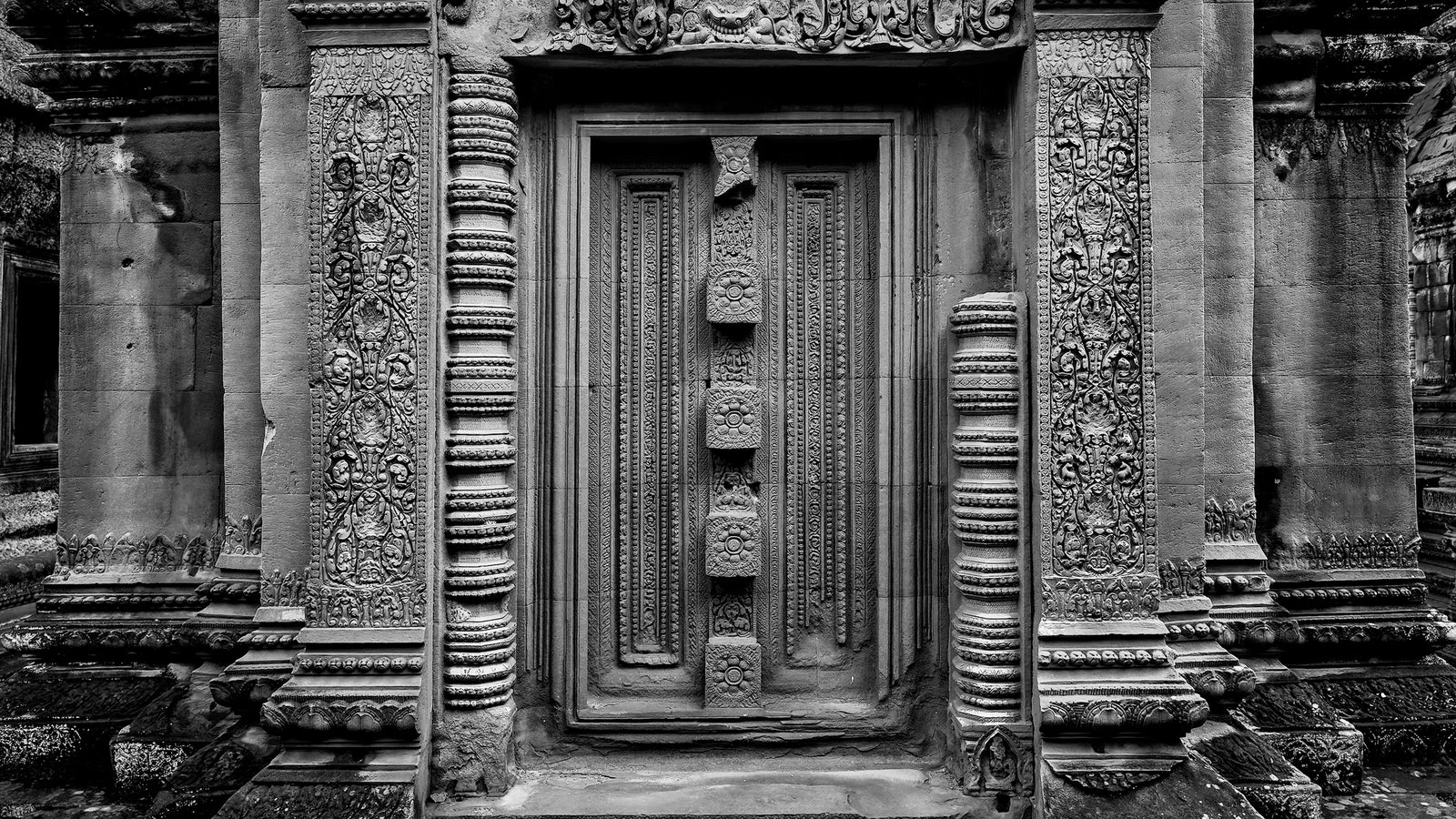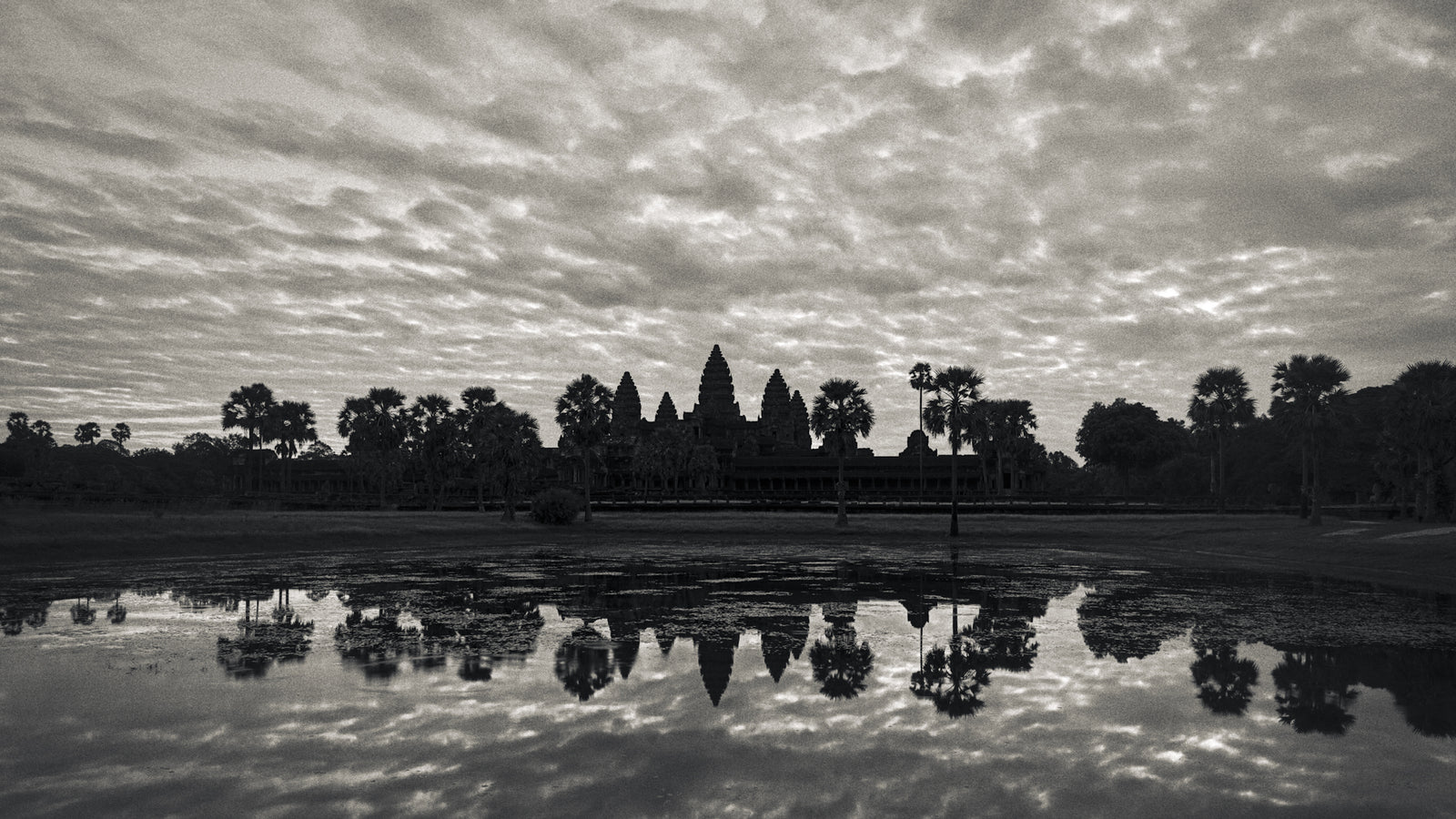Complimentary worldwide shipping on orders over $400 · No import tariffs for most countries
Complimentary worldwide shipping on orders over $400 · No import tariffs for most countries
Phimeanakas Temple
3 min read
| Date: | 10th century CE (possibly late 8th century CE) |
| Style: | Khleang |
| King: |
Harshavarman I or Rajendravarman II Suryavarman I (remodelled, early 11th century CE) |
| Cult: | Hindu |
Phimeanakas (Khmer: ប្រាសាទ ភិមានអាកាស), meaning 'Celestial-' or 'Flying Palace' in Sanskrit, is attributed by some to the reign of Rajendravarman II (mid 10th century), and by others to the reign of Harshavarman I (first half of the 10th century). According to another theory, a much older, first version of the Phimeanakas, was built at the end of the 8th century CE.
Rajendravarman II at least reestablished its function as the ruler’s private temple when he moved the Khmer capital back to Yashodharapura (Angkor) after a brief period in Koh Ker.
Suryavarman I remodelled this pyramidal temple and made additions to the site in the first half of the 11th century CE, when he was renovating the Royal Palace.
Phimeanakas represented a genuine architectural revolution: it was not square, but rectangular and on the upper terrace, surrounding the central tower, there was a gallery with corbelled vaults, used as a passageway. Lions guard all four stairways to the central tower which was originally covered in gold, as the Chinese envoy Zhou Daguan related in 1296 (see below).
For some unknown reason, Phimeanakas is located slightly to the south and east of the centre of the enclosure, and the gates and the road (the 'Avenue of Victory') leading to the East Baray were not aligned with the temple.
Today, Phimeanakas is the main structure still standing in the enclosure of the Royal Palace, which was made mostly of wood that later decayed, apart from two stone-rimmed ponds or tanks, a stone-lined pit, and a surrounding wall with gates.
Phimeanakas pre-dates the construction of Angkor Thom, in which it sits.
The Legend of the Snake Spirit
In his report, 'A Record of Cambodia — The Land and Its People', dated 1296, Zhou Daguan describes Phimeanakas:
Inside the palace there is a gold tower [Phimeanakas], at the summit of which the king sleeps at night. The local people all say that in the tower lives a nine-headed snake spirit which is lord of the earth for the entire country. Every night it appears in the form of a woman, and the king first shares his bed with her and has sex with her. Even his wives do not dare go in. At the end of the second watch he comes out, and only then can he sleep with his wives and concubines. If for a single night this spirit does not appear, the time has come for this foreign king to die. If for a single night he stays away, he is bound to suffer a disaster.
The Phimeanakas Stele
The Phimeanakas stele was written by Queen Indradevi, who became Jayavarman VII's second wife after the passing away of her younger sister, Queen Jayarajadevi. It was found in 1916, buried near the eastern staircase, and it constitutes the basis for the official version of a very important period of Angkor history.
The stele gave us precious information about the life of the two queens, mostly in connection with their religious achievements, and, more importantly, it provided the sequence of events which brought Jayavarman VII to the throne: his hasty return of the prince from Champa to come to Yashovarman II's rescue, his late arrival as the king had already been assassinated and succeeded by the usurper Tribhuvanadityavarman, a Cham incursion by land which led to the killing of the usurper, Jayavarman VII's victory over the Chams in a land battle, and his coronation in 1181 CE.
Map of Phimeanakas
Also in Angkorpedia
Join My Studio Journal
Receive occasional letters from my studio in Siem Reap—offering a glimpse into my creative process, early access to new fine art prints, field notes from the temples of Angkor, exhibition announcements, and reflections on beauty, impermanence, and the spirit of place.
No noise. No clutter. Just quiet inspiration, delivered gently.
Subscribe and stay connected to the unfolding story.

Join My Studio Journal
Receive occasional letters from my studio in Siem Reap—offering a glimpse into my creative process, early access to new fine art prints, field notes from the temples of Angkor, exhibition announcements, and reflections on beauty, impermanence, and the spirit of place.
No noise. No clutter. Just quiet inspiration, delivered gently.
Subscribe and stay connected to the unfolding story.



